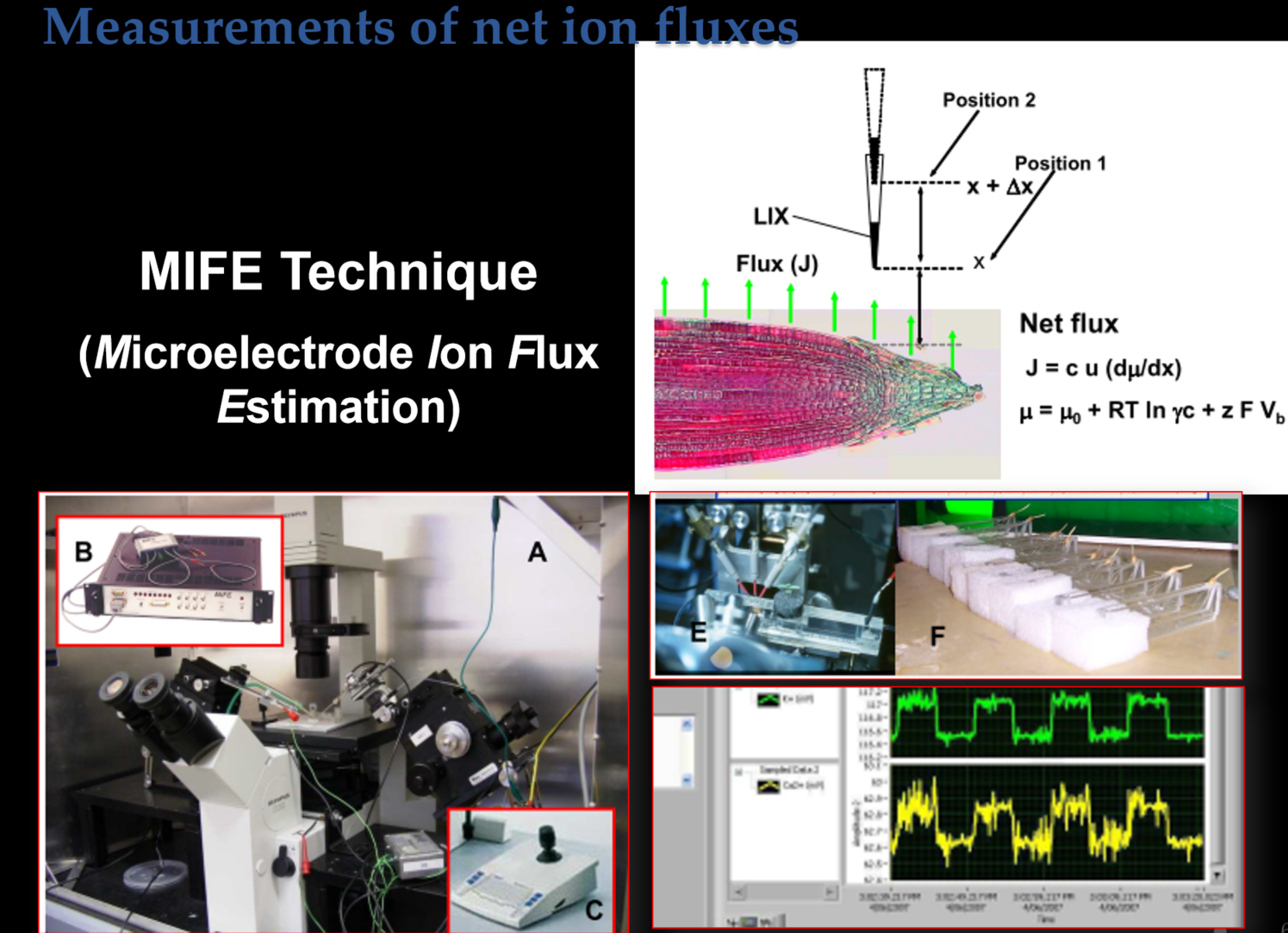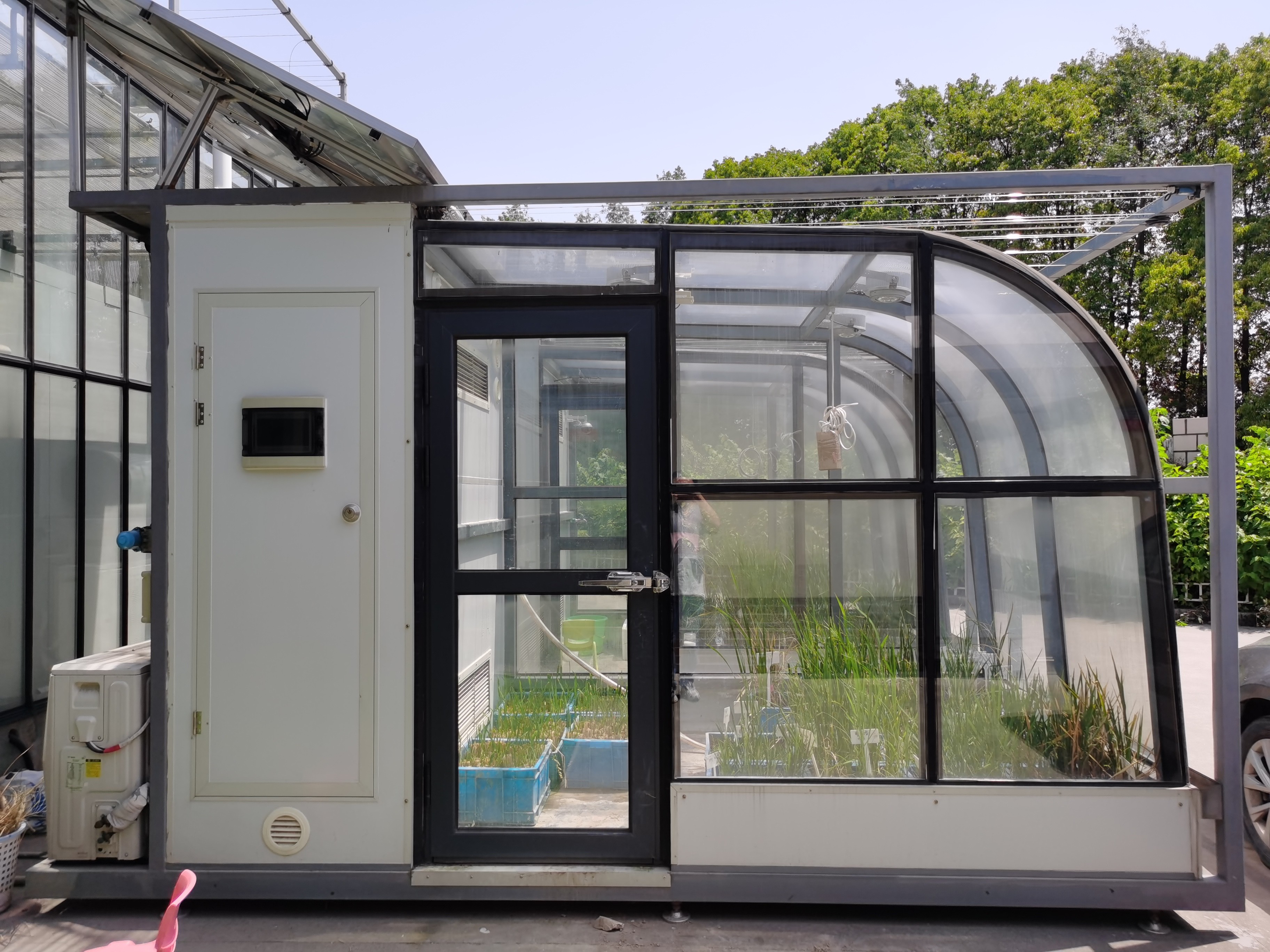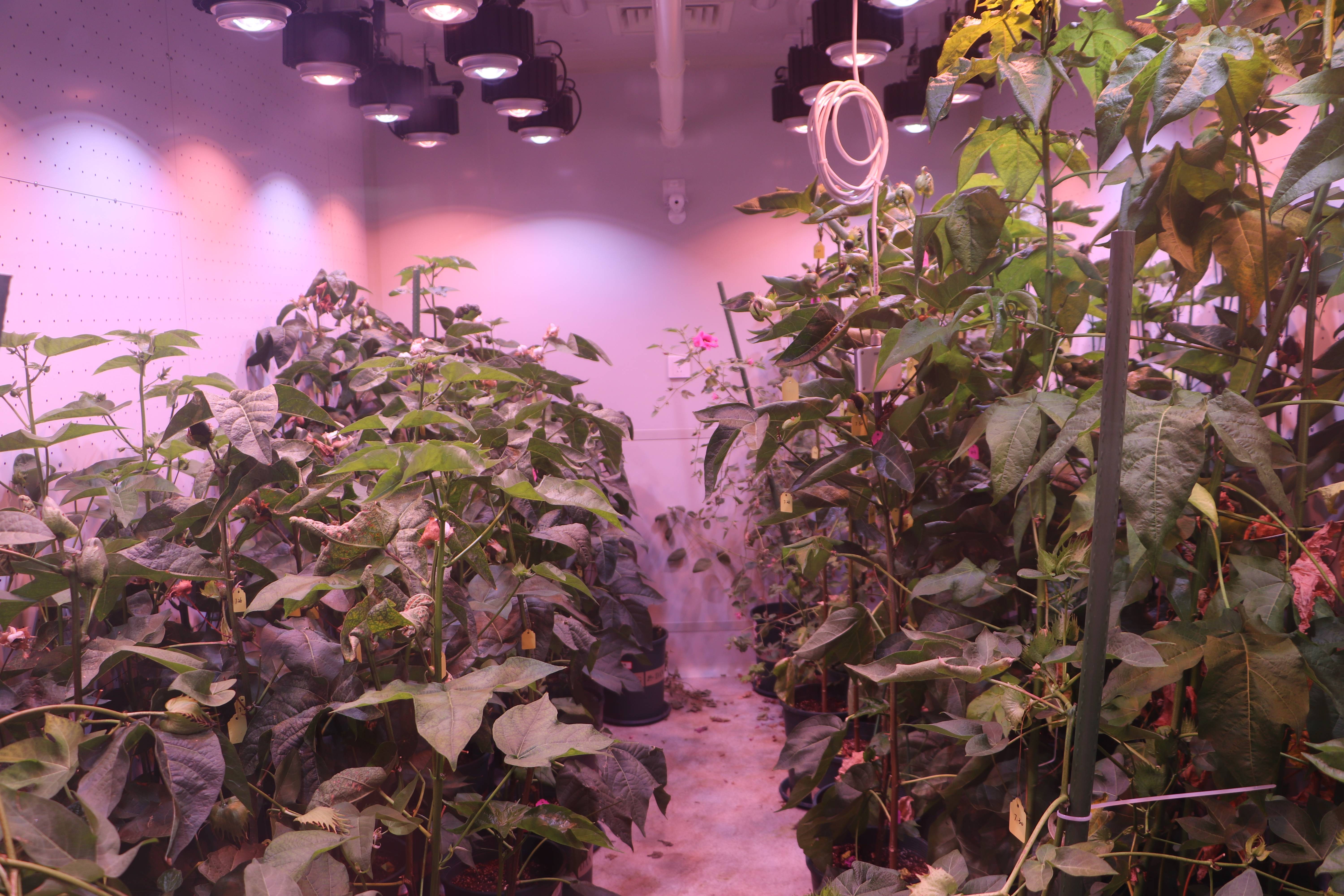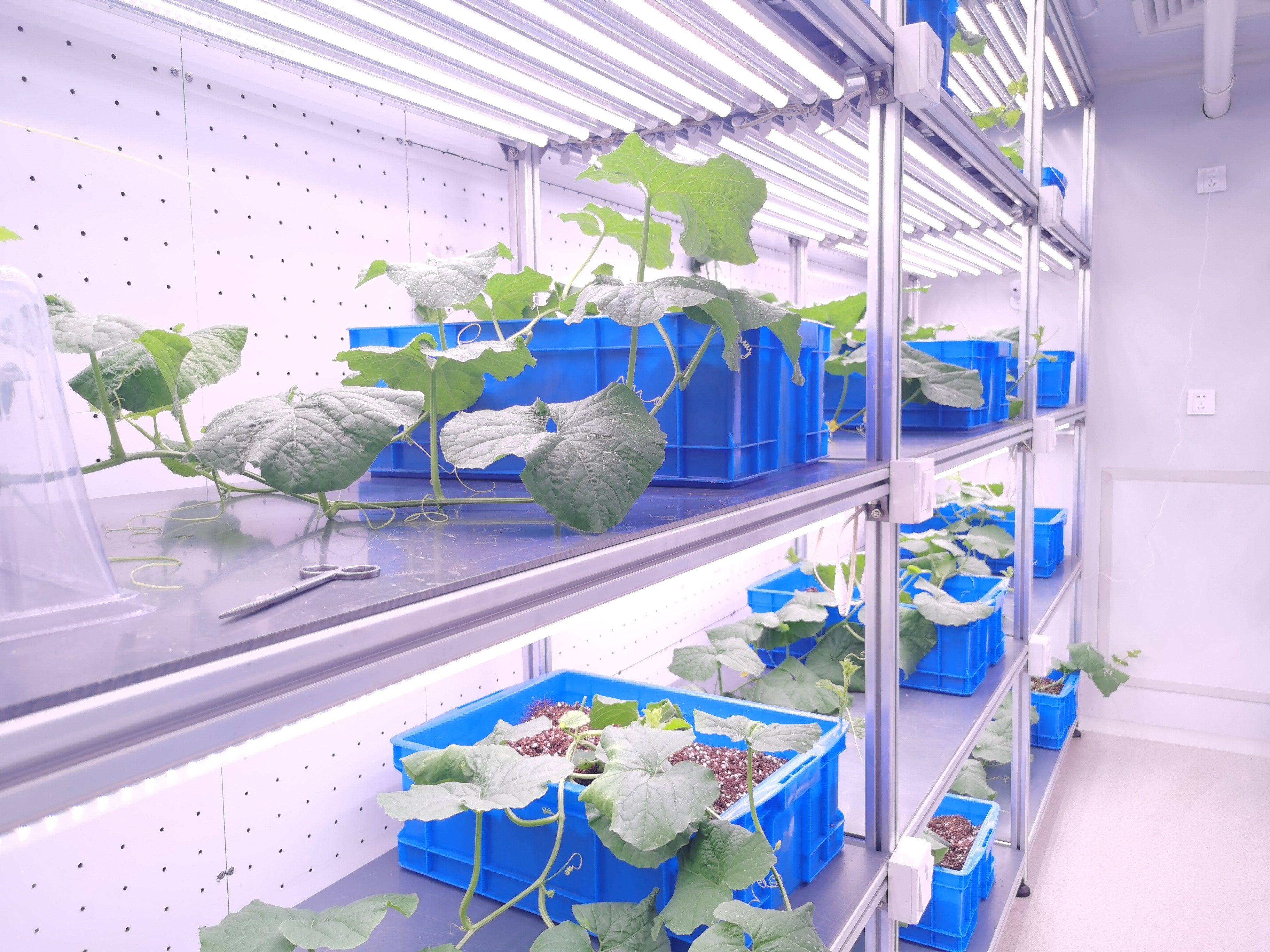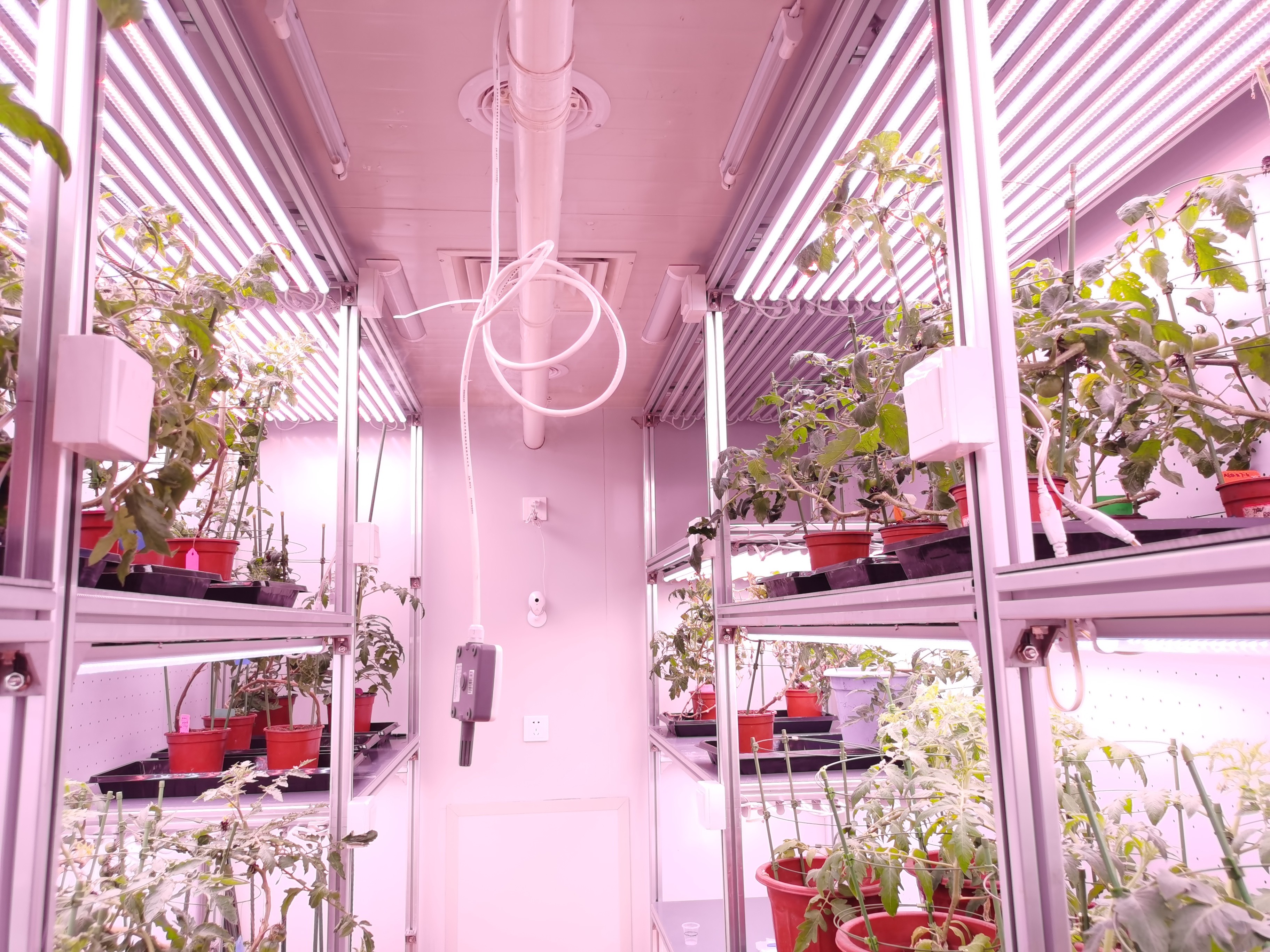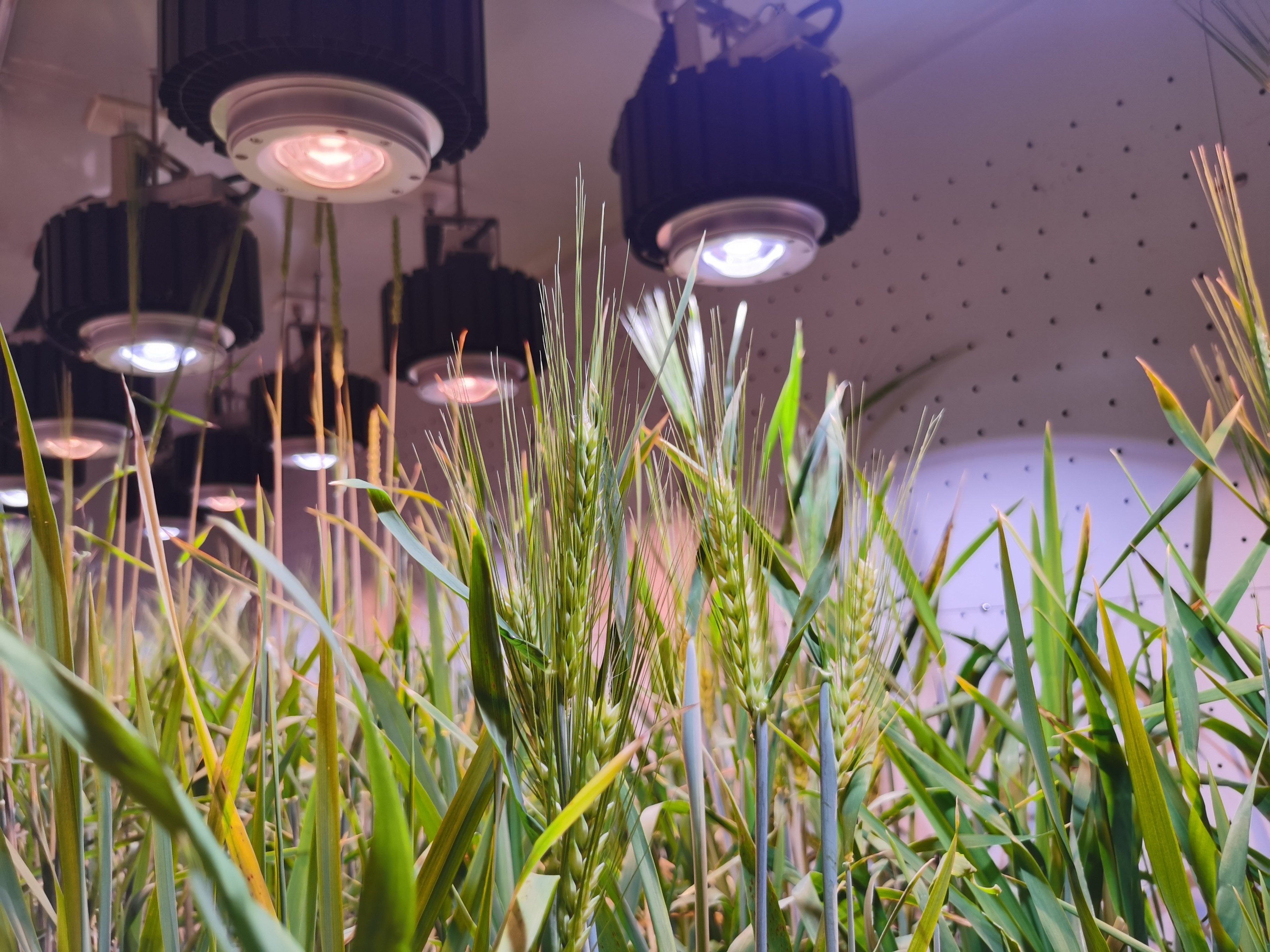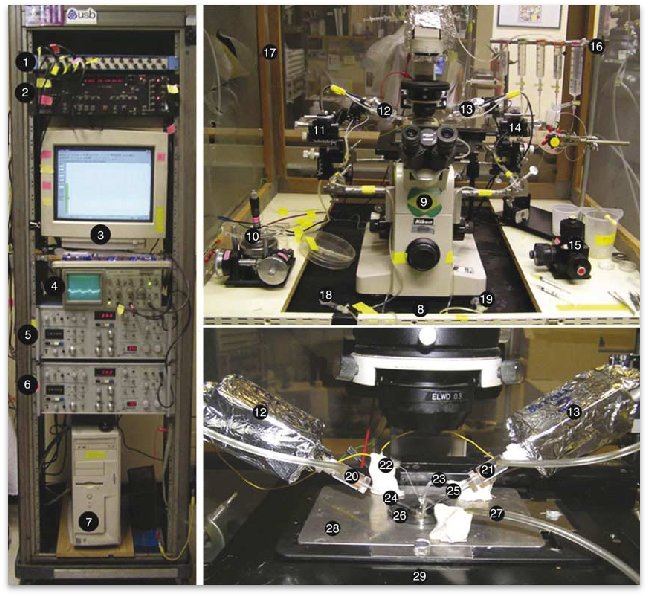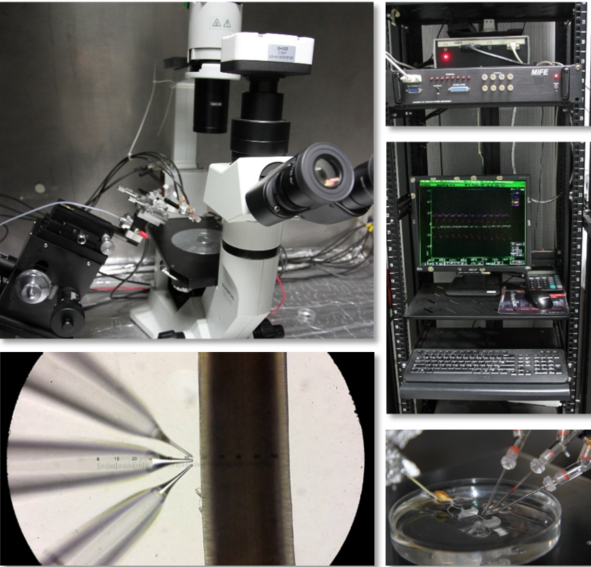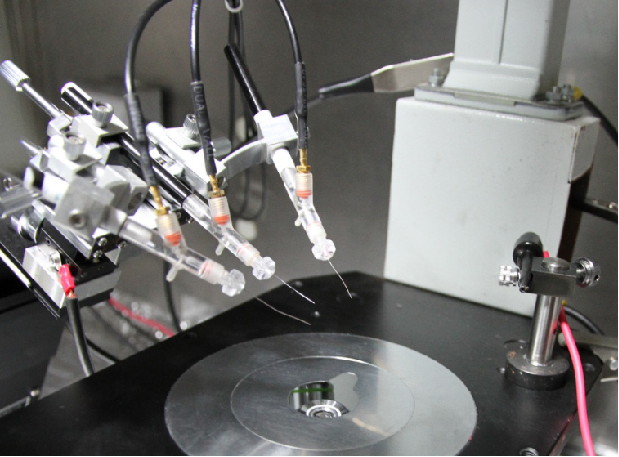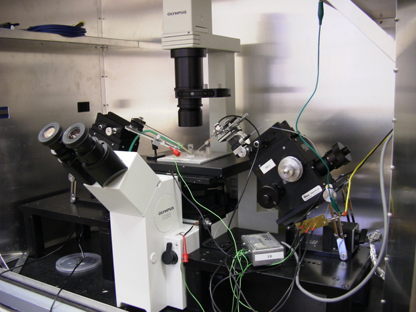MIFE(微电极离子流技术)
MIFE技术的主要优点体现在能准确地测定单细胞或完整植株特定微区细胞内外离子浓度与流动方向。它具有高灵敏度、实时、非损伤性、分辨率高、噪值小等特点,而且还可 以在电脑控制下不间断测定与自动监测,实现了生 物体内外离子或分子信息的同步测定。
MIFE 技术的工作原理
一般来说,当植物细胞吸收离子时,细胞( 或组织) 表面的离子浓度就会低于细胞( 或组织) 较远处的背景环境; 反之,当细胞释放离子时,细胞( 或组织) 表面的浓度则会高于远离细胞( 或组织) 的背景环境。当选择性微电极置于细胞或组织表面时,装载LIX 的微电极可以对溶液中的离子或分子浓度做出响应。由于细胞对离子的吸收或外排等离子的扩散运动,细胞或组织表面与背景环境可形成一定的离子浓度差,由此形成相应的电化学势梯度,经连接微电极的传感器将信号放大,即可记录细胞或组织表面多种离子流的跨膜变化。MIFE 技术就是利用离子选择性微电极记录靠近细胞或组织表面( 位置 1) 与远离细胞( 或组织) 的背景环境( 位置 2) 间的电化学势梯度,根据相应公式计算净离子流的大小和方向。

MIFE features
Non-invasiveness. Net ion fluxes can be recorded from the specimen for many hours or even days.
High temporal resolution. Net fluxes are measured every few seconds, making the MIFE an ideal tool to resolve rapid kinetics of cellular responses to external stimuli.
High spatial resolution (several μm) . allowing fine mapping of net flux profiles from small specimens (e.g. single cells).
Ability to measure the flux of not only ions but also neutral molecules. Amperometric probes for O2, CO2 and other molecules can be used.
Simultaneous measurements of several ions or neutrals. By assessing stoichiometry ratios between various ions, valuable information can be gained about the membrane transporters involved.
Possible MIFE applications
Plant physiology (stress; adaptation; mineral nutrition; photosynthesis; long-distance transport; growth & development; water relations; osmoregulation; hormonal physiology; stomatal physiology; plant movements)
Cell biology (signaling; perception; elicitors)
Ecophysiology (plant responses to abiotic and biotic factors)
Biophysics (properties of ion channels and transporters)
Developmental biology (morpho- and embriogenesis; polarity)
Functional genomics (in planta studies of specific gene functions; heterologous expression systems)
Agronomy and plant breeding (plant screening for environmental fitness)
Soil science (soil-root interface; heavy metal toxicity; remediation)
Marine biology (algae; phytoplankton; marine biofilms and mats; sediments)
Bryology (physiology and development)
Mycology (factors controlling growth and development)
Food microbiology (effect of food-related treatments on bacteria; food preservation studies; interrelation of pathogenic and probiotic bacteria; biofilms)
Medical microbiology (pathogenic bacteria; bacterial physiology an genetics; host-pathogen interactions)
Environmental microbiology (functional genomics; bioremediation; environmental physiology)
Medical research (screening of new drugs; physiology; pathology)
Human and animal physiology (receptors; signaling; homeostasis)
Toxicology (receptors; selectivity and action spectrum; molecular targets)
